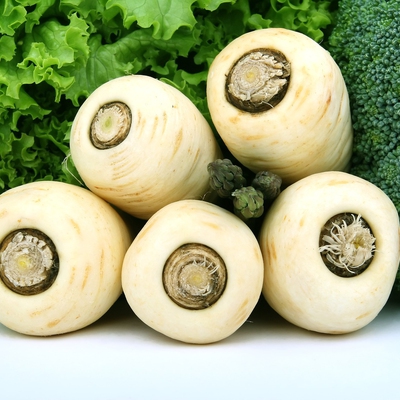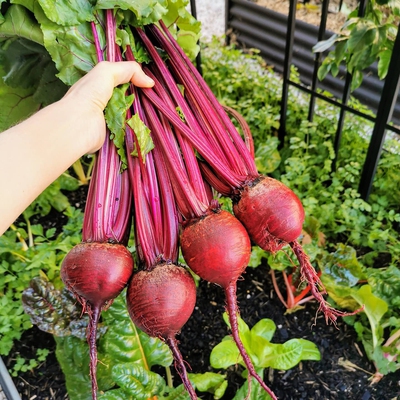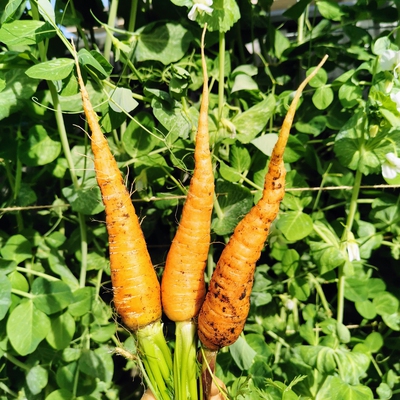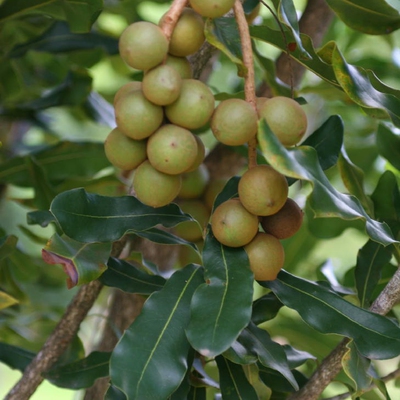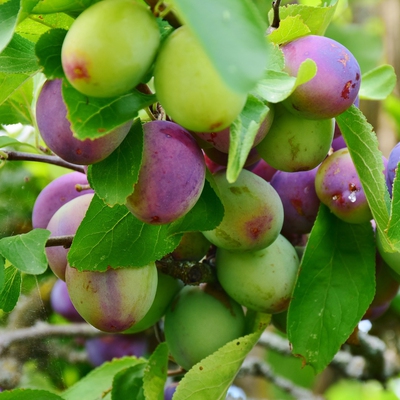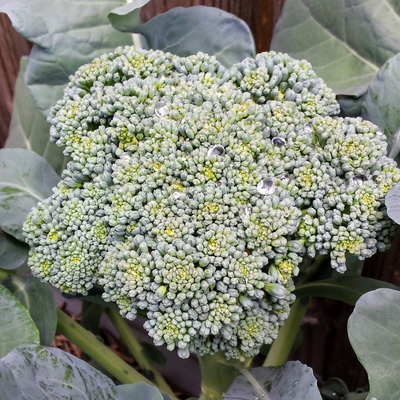Follow our guide to growing Parsnips and you'll be enjoying this delicious vegetable in no time!
 Soil
Soil
What soil is good for Parsnip?
Parsnips require a loamy soil that is loose and free of debris and clumps to avoid malformation and forking.
 Position
Position
How much sun does Parsnip need?
Parsnips prefer a full sun position. They will tolerate part sun, however this will affect the growth rate and size of the Parsnip.
 Frost Tolerant
Frost Tolerant
Is Parsnip frost tolerant?
Yes, Parsnips are frost tolerant.
 Spacing
Spacing
How much space does Parsnip need?
Space Parsnips roughly 20cm apart.
 Planting
Planting
When should I plant Parsnip?
Parsnips are a cool season crop and can be grown from autumn through to spring.
Parsnips should be directly sown into the soil rather than transplanted, as the seedlings are very fragile and do not like having their roots disturbed.
 Feeding
Feeding
What do I feed Parsnip?
Prepare the soil well before planting, by mixing in plenty of compost. An organic, low nitrogen fertiliser can be added if needed. Too much nitrogen will promote leafy green top growth rather than root growth.
 Harvesting
Harvesting
When can I harvest Parsnip?
Parsnips can be harvested over a long period. You will generally notice the base of the Parsnip emerge to the top of the soil when it is close to, or ready for harvest. You can also move the soil around the surface to check the diameter of the Parsnip, harvest at your preferred size.
 Pests
Pests
What pests does Parsnip get?
Pests that affect Parsnips include: Aphids, Carrot Rust Fly, Millipedes, Slugs, Snails, Root Knot Nematodes, Armyworms, Cutworm, Leafhopper.
 Diseases
Diseases
What diseases does Parsnip get?
Diseases that affect Parsnips include: Carrot Leaf Blight, Powdery Mildew, Cavity Spot, Itersonilia Canker, Downy Mildew.
 Notes
Notes
Is there anything else I need to know about Parsnip?
Malformation and forking of the Parsnip can be avoided by planting in light soil, which is free of debris.
